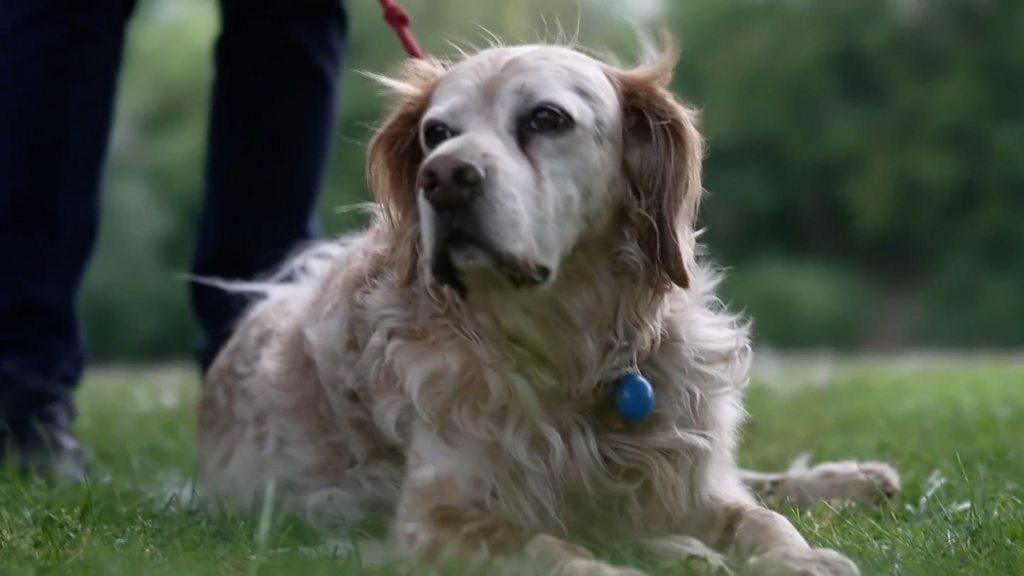Four new south west search and rescue dogs qualify for action
- Published
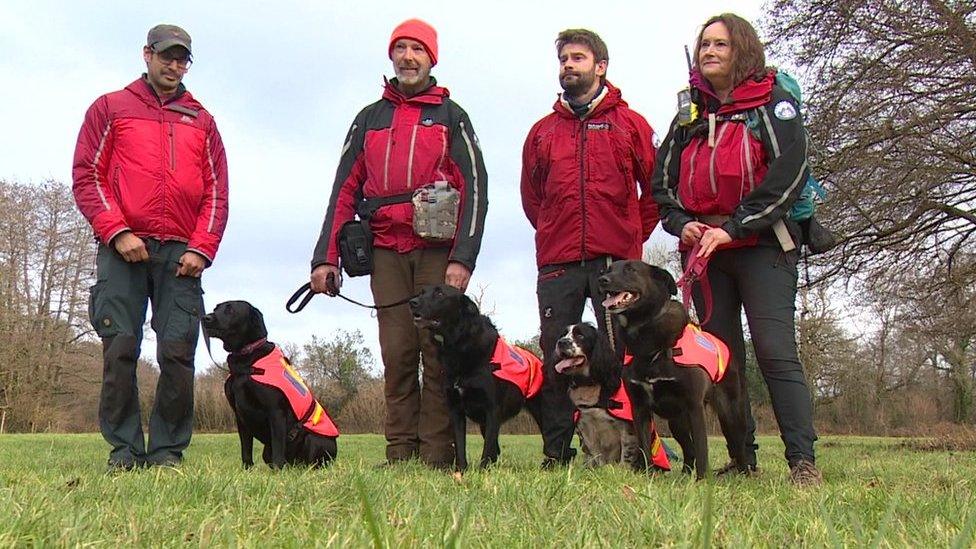
Four trainee search and rescue dogs and their handlers have qualified to go on callouts after several years of training.
The training is completed on a voluntary basis, with handlers working with their own personal dogs.
This is the first time ever each of the seven south west rescue teams has had at least one search dog in their team.
The teams are often called out by the police to search for lost, missing or injured people in all environments.
The seven south west search and rescue teams cover Cornwall, Devon and parts of Somerset.
The four new recruits and their handlers qualified in winter mountain conditions in the Lake District in January.
This involved searching five mountain areas under rigorous testing conditions over a three-day period.
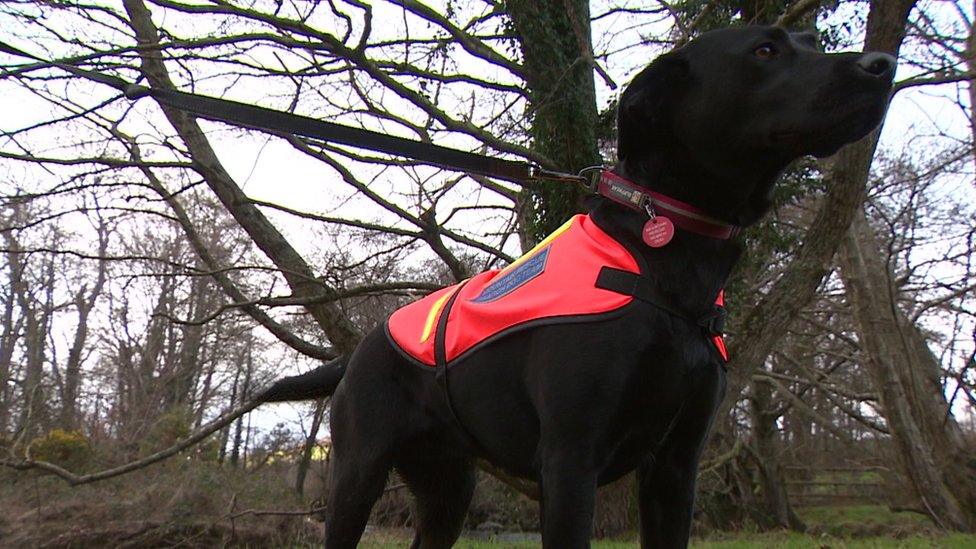
Paula Holbrook from Dartmoor Search and Rescue Team Ashburton, spoke about the significance of having at least one dog in each of the seven south west search and rescue teams.
Ms Holbrook said: "If we wanted dogs to come and help us before, then we've had to call dogs from maybe an hour or much longer away.
"The significant impact of dogs is how quickly they can find, and how they can find somebody who either is unconscious and not drawing attention to themselves, somebody who is hidden, in the dark, and they can cover about the ground of something like 20 foot-team people, and really quickly and very accurately."
Ms Holbrook said training the dogs was "really easy" if the dog was reward-driven.
She said: "It's really easy if you've got a dog that likes to play and is really reward-driven. My dog likes her toy, and she wants to work for her toy.
"All she's doing is searching the moors for somebody who wants to play with her. She's motivated to do it, and it's a real joy to take her out."
'Air-scenting'
The majority of search and rescue deployments are to assist the police in searches for vulnerable people in rural and urban areas, fields, woods, and coastline.
The dogs are air-scenting as opposed to trailing or tracking, which means they will find and follow-up any human scent in the air.
Once the dogs have located a scent, they indicate to their handler, usually with a bark, before taking their handler to the source.
The dogs can strike on a human scent over distances of up to 300m (985ft).

Follow BBC News South West on Twitter, external, Facebook, external and Instagram, external. Send your story ideas to spotlight@bbc.co.uk, external.
Related topics
- Published23 September 2022
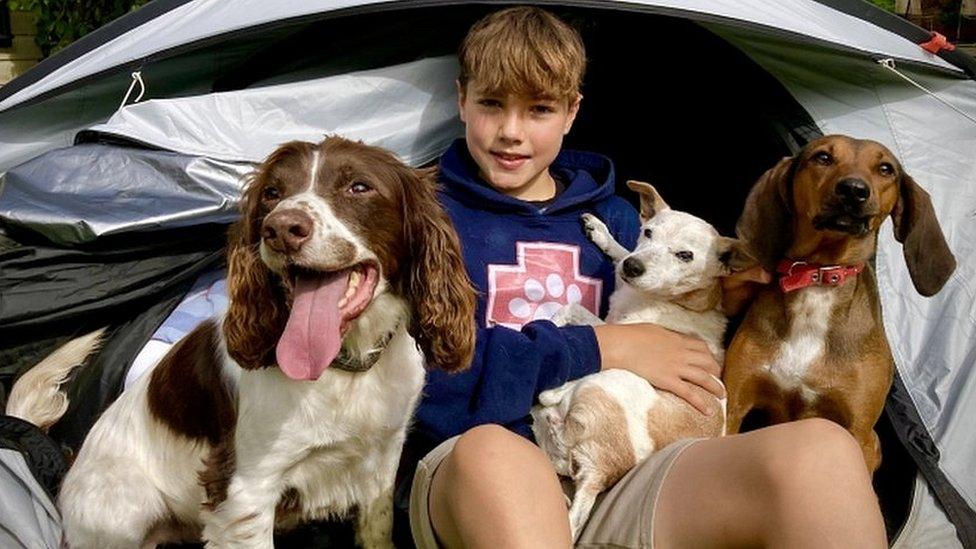
- Published24 August 2022
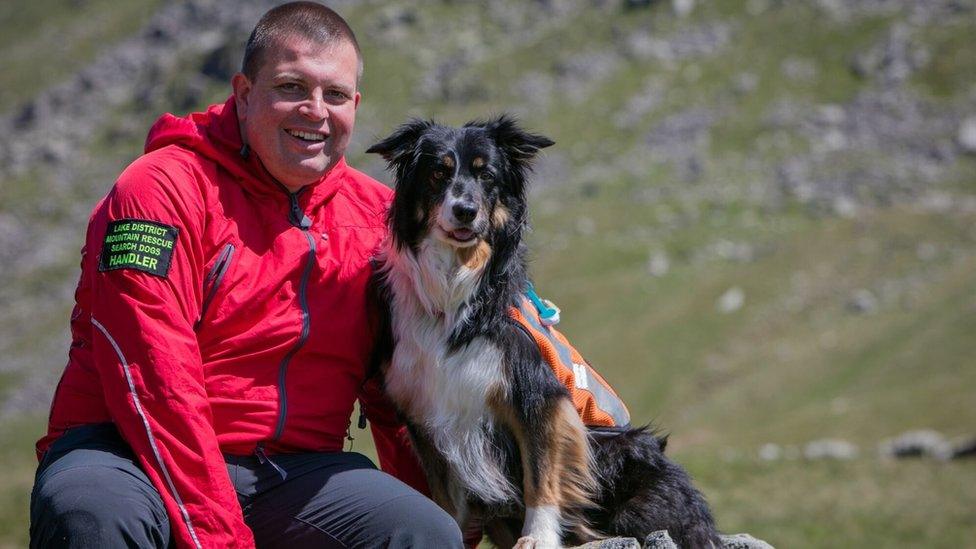
- Published12 May 2022
